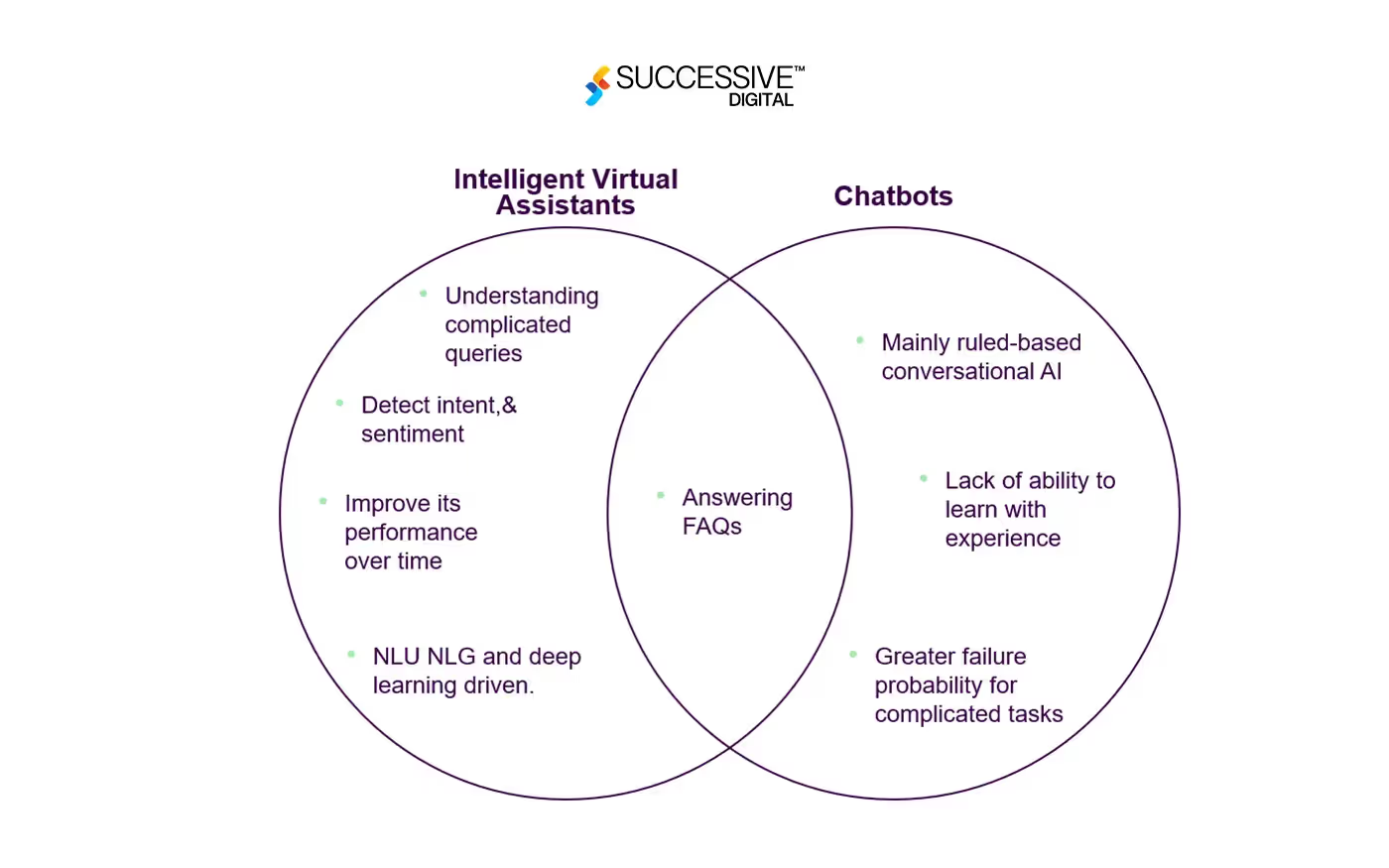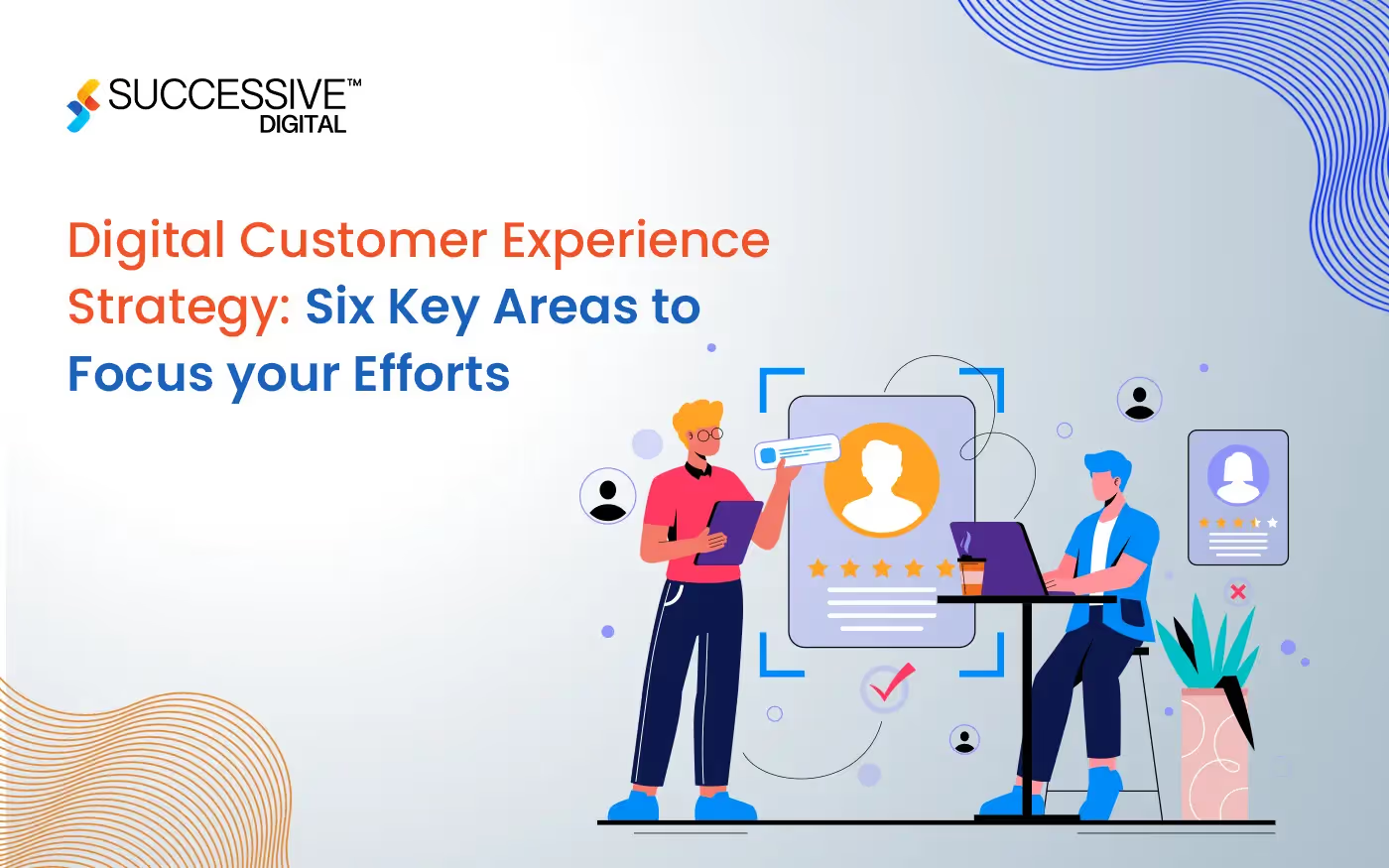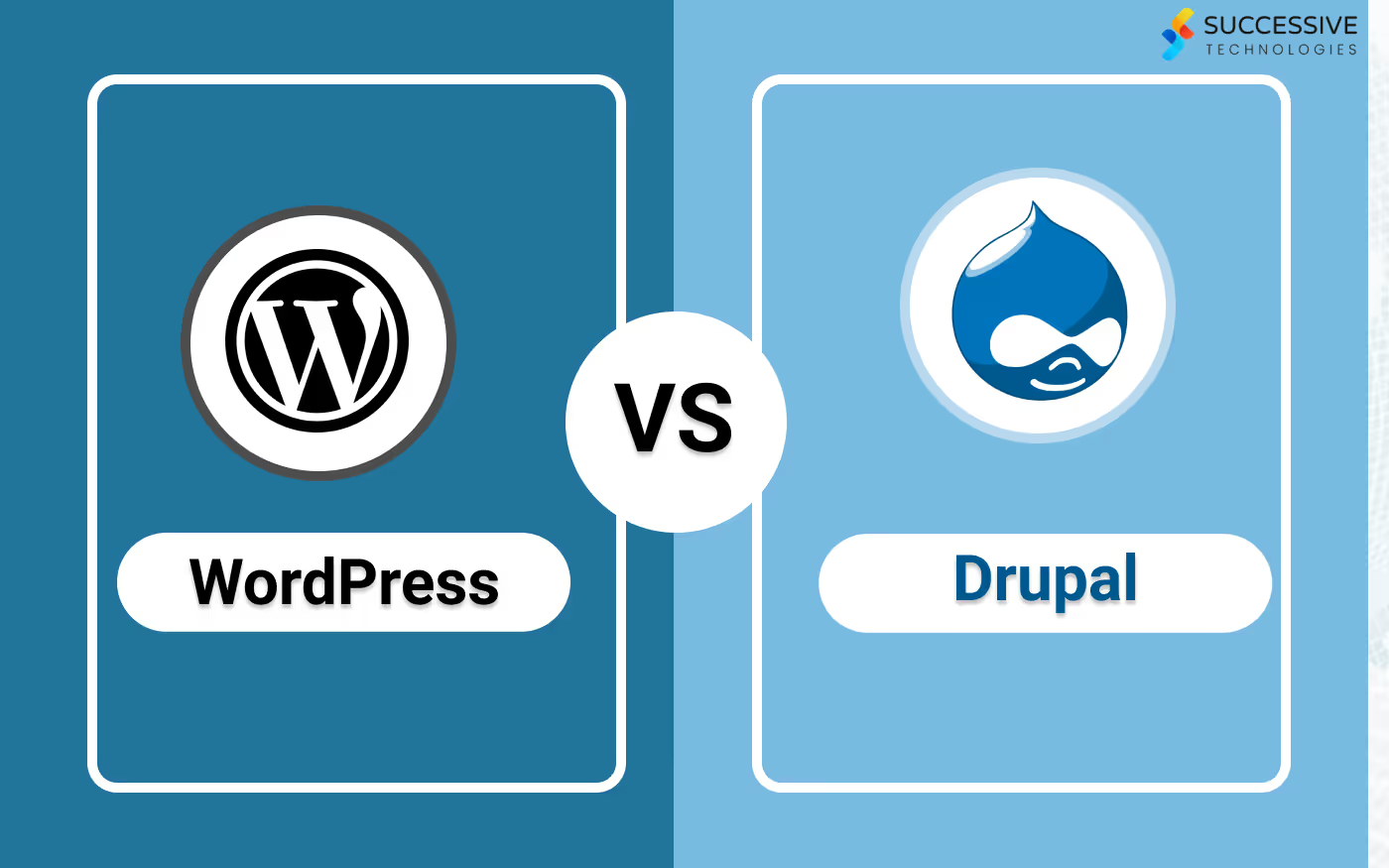In the present-day digital commerce era, where customer behaviors continuously evolve, the significance of an adequately crafted digital customer experience (CX) strategy cannot be overstated. As businesses increasingly pivot closer to online platforms to interact with their consumer base, the need for a continuing and intuitive virtual CX will become paramount. No longer restrained to brick-and-mortar interactions, modern-day users expect a cohesive and frictionless journey throughout diverse digital touchpoints.At the vanguard of this revolution are the digital customer experience services, including the website – the digital storefront that is the gateway to a brand's services and smartphone applications. Here, user-centric design ideas and intuitive navigation are pivotal in guiding traffic through a maze of challenges toward their favored spot. However, a compelling digital CX extends beyond just a website; it incorporates a myriad of interconnected channels consisting of omnichannel customer experience solutions such as social media structures and offline interactions.Businesses should navigate the complicated surroundings of technologies and customer expectancies to deliver memorable experiences that drive engagement, foster loyalty, and propel growth in the long run. This blog explores six key areas that demand meticulous attention in formulating a complete digital CX strategy, equipping organizations with the tools and insights needed to thrive in the digital age.
- User-Centric Website Design and Navigation
User-centric website design and navigation serve as the inspiration for personalized customer experience tactics. It includes creating an intuitive interface that prioritizes the desires and choices of the consumer, guiding them seamlessly through the online journey. This encompasses a responsive layout, clear and intuitive navigation menus, and strategically placed calls-to-motion to facilitate easy exploration and interplay.For instance, consider the website of Amazon with advanced digital customer experience services. With its clean format, personalized product suggestions, and easy checkout technique, Amazon prioritizes consumer satisfaction at each touchpoint. The intuitive search bar, coupled with smart filtering alternatives, allows customers to search for products quickly, streamline the checkout process, minimize friction, and improve purchasing experience.
- Omni-channel Integration
Omni-channel integration is the seamless merging of diverse customer touchpoints, each online and offline, to provide a cohesive and seamless experience across all channels. Omnichannel customer experience solutions involve synchronizing data, processes, and communication channels to ensure a unified experience for the consumer, no matter how they engage with the brand.For instance, Starbucks has mastered omnichannel integration with its mobile app, loyalty software, and physical stores. Customers can order in advance through the mobile app, earn rewards for purchases, and seamlessly redeem them in-store or online. The app offers personalized suggestions based on past orders and preferences, while the loyalty software incentivizes engagement across channels. By integrating those touchpoints, Starbucks creates a seamless and convenient experience that blurs the strains between virtual and physical interactions, improving user delight and loyalty.
- AI-Powered Chatbots and Virtual Assistants
AI-powered chatbots and virtual assistants as part of an organizational digital customer experience strategy have revolutionized customer support by imparting real-time assistance through natural language processing (NLP) and machine learning (ML) algorithms. These structures simulate human-like interactions, addressing queries, resolving issues, and even facilitating transactions autonomously, improving operational efficiency and customer pride.A top example of this technology is the chatbot named Erica, which Bank of America deployed. Through a conversational interface, Erica assists customers with diverse banking tasks, checking balances, transferring funds, and managing finances. By leveraging AI and personalized customer experience tactics, Erica affords customized suggestions and proactive insights based on individual spending styles and financial targets, assisting customers to make knowledgeable choices and acquire higher monetary outcomes.

- Data-driven Personalization
Data-driven personalization is an essential component of digital customer experience strategy, shaping purchaser interactions based on insights from data analytics. Organizations craft tailor-made content and suggestions for their target market by using information from various sources, including consumer behaviors, choices, and demographics.An example of this method is Netflix's recommendation engine, which analyses user viewing histories, rankings, and interactions to curate personalized recommendations for movies and TV shows. This enriches the viewing experience and scales purchaser engagement considerably. The platform's algorithms continuously evolve primarily based on consumer comments, ensuring that tips remain pertinent and significant.Data-driven personalization transcends conventional customization because it caters to personal possibilities and anticipates and fulfils user desires. By harnessing data analytics and ML, organizations can create immersive, customized experience that resonate deeply with their customers and fostering stronger connections.
- Seamless Payment Experiences
A seamless payment experience is essential for ensuring a frictionless user journey in digital commerce. This involves customer-centric digital strategies and optimizing the checkout process to be intuitive, secure, and convenient, thereby minimizing barriers to completing a successful transaction. Businesses can attain this by implementing robust payment gateways and streamlining the site-wide payment flow.For instance, PayPal has revolutionized online payments with its one-click checkout feature. This feature allows customers to complete purchases with a single click, disposing of the need to enter payment information repeatedly. Additionally, the platform offers robust fraud protection measures and encryption protocols, instilling self-assurance in users regarding the security of their transactions.With the help of a well-structured digital customer experience strategy and prioritizing seamless payment experiences, businesses can reduce cart abandonment, improve purchaser satisfaction, and foster better conversion rates in the long run.
- Continuous Optimization and Feedback Loop
Continuous optimization and feedback loops are essential additives of a successful digital CX strategy. This includes the continuing procedure of collecting, analyzing, and acting upon feedback from clients to refine and enhance every aspect of the digital experience.For instance, major e-commerce platforms regularly employ A/B testing to experiment specific website layouts, messaging, and functionalities, gathering information on consumer behaviour and preferences to inform future optimizations. Additionally, soliciting direct feedbacks through surveys, evaluations, and customer support interactions provides valuable insights into pain points and corners for improvement.Businesses can live agile and aware of evolving consumer desires and market traits with personalized customer experience tactics. This method allows them to fine-tune their digital CX approach, check possibilities for innovation, and drive sustainable growth over time. Ultimately, prioritizing continuous optimization and feedback fosters a culture of non-stop improvement, ensuring that the digital experience remains applicable, enticing, and aggressive.ConclusionDelivering exceptional customer experiences is no longer fancy; however, there is a need for sustainable growth and competitiveness. By focusing on the six critical factors mentioned above – organizations can formulate a relevant digital customer experience strategy that resonates with ultra-modern customer desires. Adopting innovation, leveraging technology, and prioritizing customer-centricity are the cornerstones of success in the digital age. However, identifying the improvement areas of customer experience and optimizing user journey often requires the support of professional Customer experience transformation services. Connecting with an experienced company helps you leverage managed CXaaS solutions, shedding load to do it all yourself and save you time to focus on improving your business operations in and out.
.avif)










.jpg)









